Hunters in murky waters
 January 22, 2020
January 22, 2020
Veteran diver, Toh Chay Hoon, has completed more than 800 dives in Singapore waters! “I stopped logging after my 300th dive, and that was many many years ago!” But on special, albeit low visibility days, she still gets enthralled by something new or unexpected. Above: A cool cuttlefish remains still even as our diver Chay Hoon moves within inches from it.
The optimistic diver is not easily discouraged by low visibility conditions at Pulau Hantu. Regular divers like to comment that there are many things that could surprise you as you glide slowly through the underwater “fog”. While some sediment is good, too much can be damaging. If light is obscured for too long, primary producers on the reef, like algae, can’t photosynthesise. When these primary producers die, they can affect everything from corals to large fish that depend on a thriving environment to flourish. Above: Suspended sediments in the water obscure light, but also bring nutrients to the reef and shroud schools of fish like these silver moonies.
Above: The minute and beautiful sea snail, Cystiscus minutissimus, is an example of a reef critter that depends on healthy supply of marine algae.
Bryozoans look like plants, but they are actually invertebrates! That means, they are animals! Bryozoans feed on microscopic organisms and are in turn consumed by several larger aquatic predators, including fish and insects. Snails graze on them, too. Like mussels and other filter feeders, bryophytes gradually cleanse the water as they feed.
The colourful and adorable Tambja nudibranch feed exclusively on bryozoans.
Above: Some hydroids may look similar to bryozoans. So that gives us a hint! It’s not a plant! It too is an animal. They are related to jellyfish, and some of them can give a very nasty sting. They are sometimes described as “hundreds of inverted jellyfish attached to a feather- or seaweed-like base”. So that might give us another hint – they are predators! Despite its venom, some reef critters still fancy a hydroid as a tasty treat!
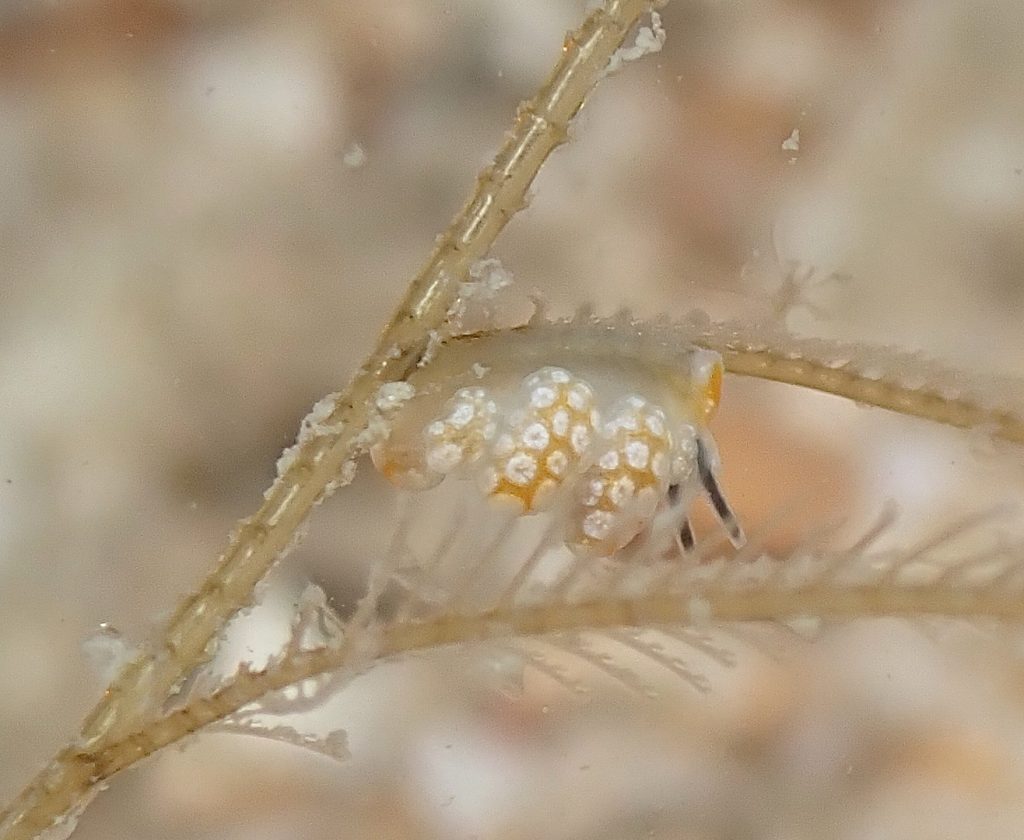
Doto sp. 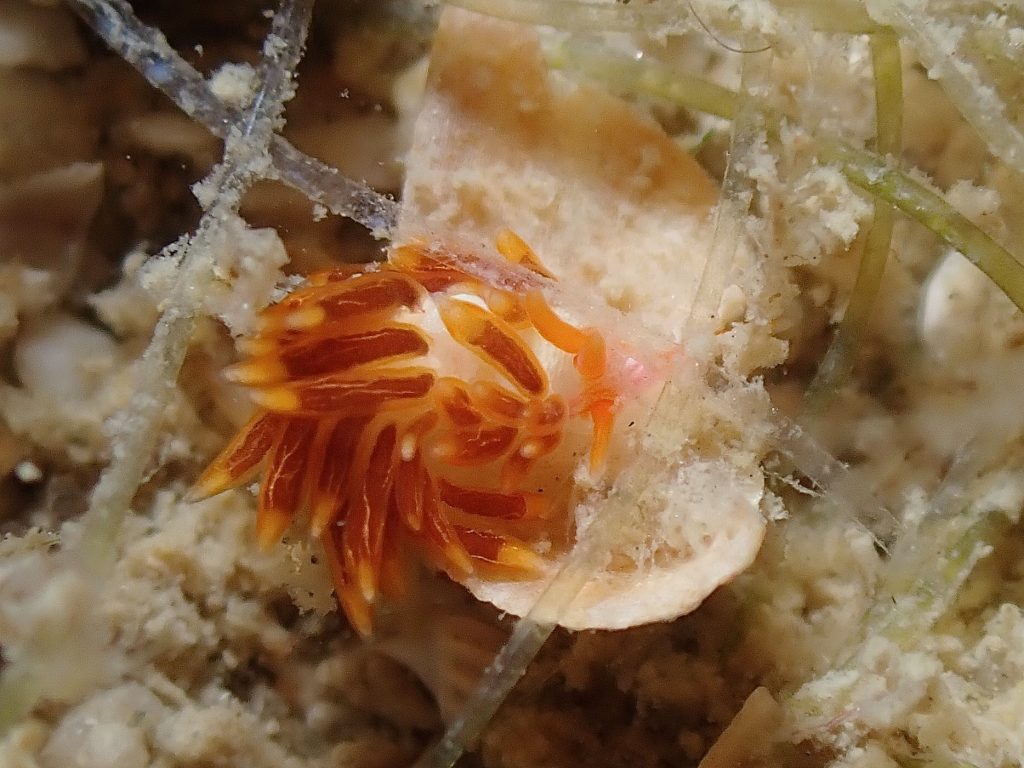
Trinshesia sp. 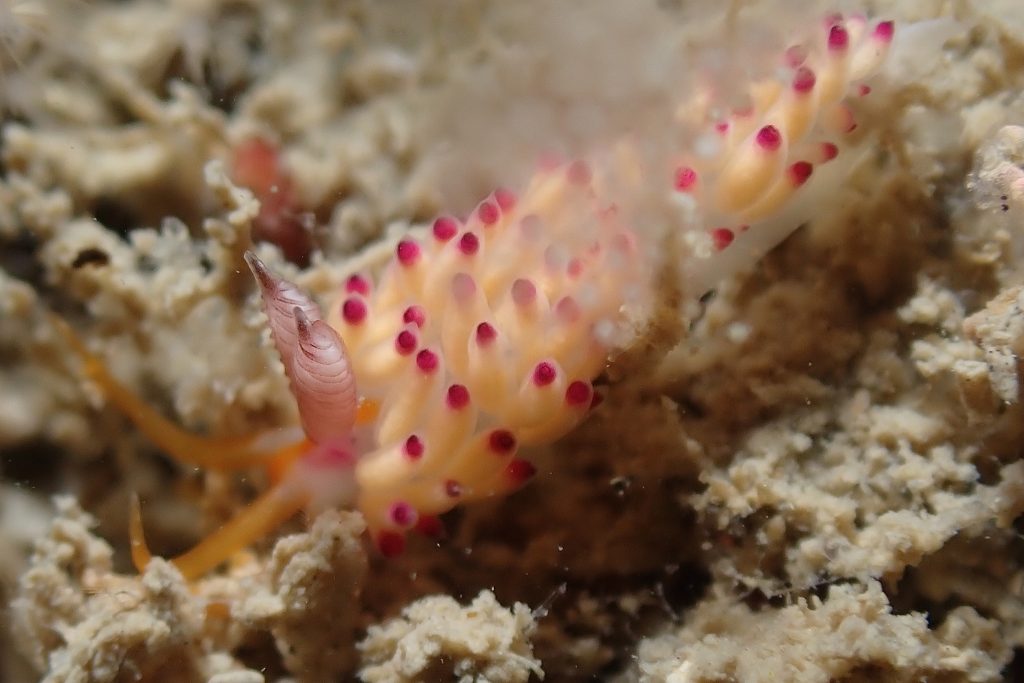
Favorinus sp. 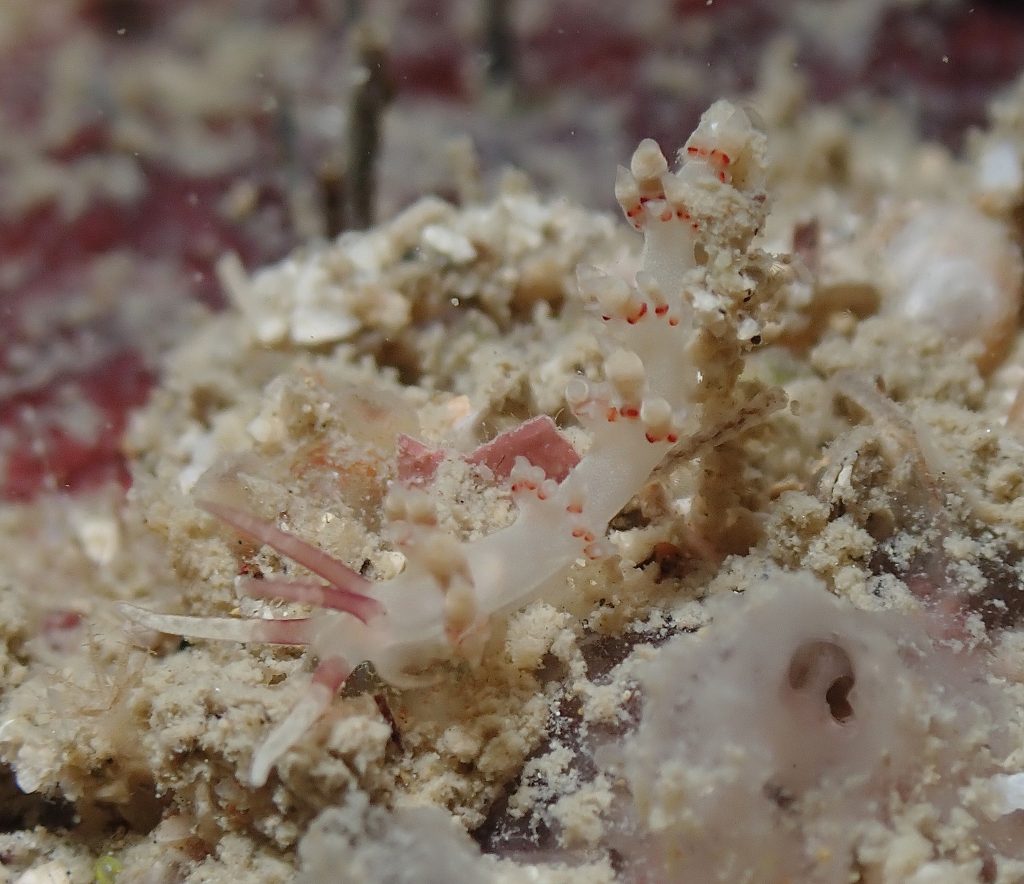
Facelina sp. 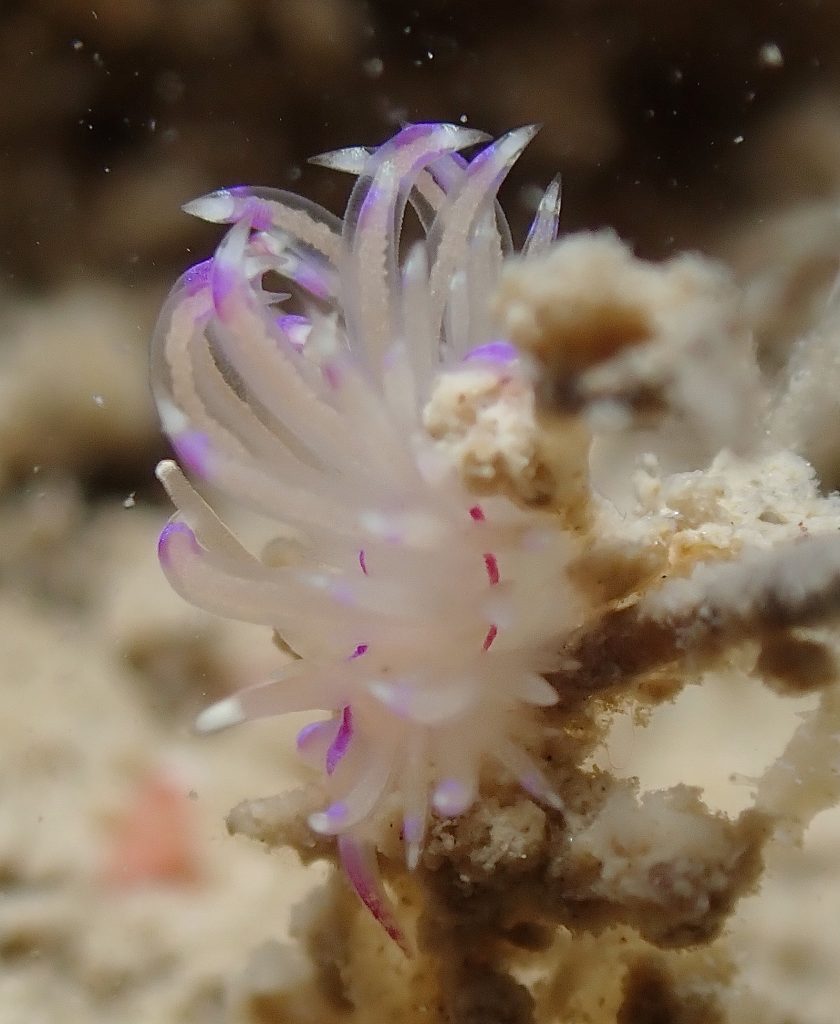
Unidentia sp. 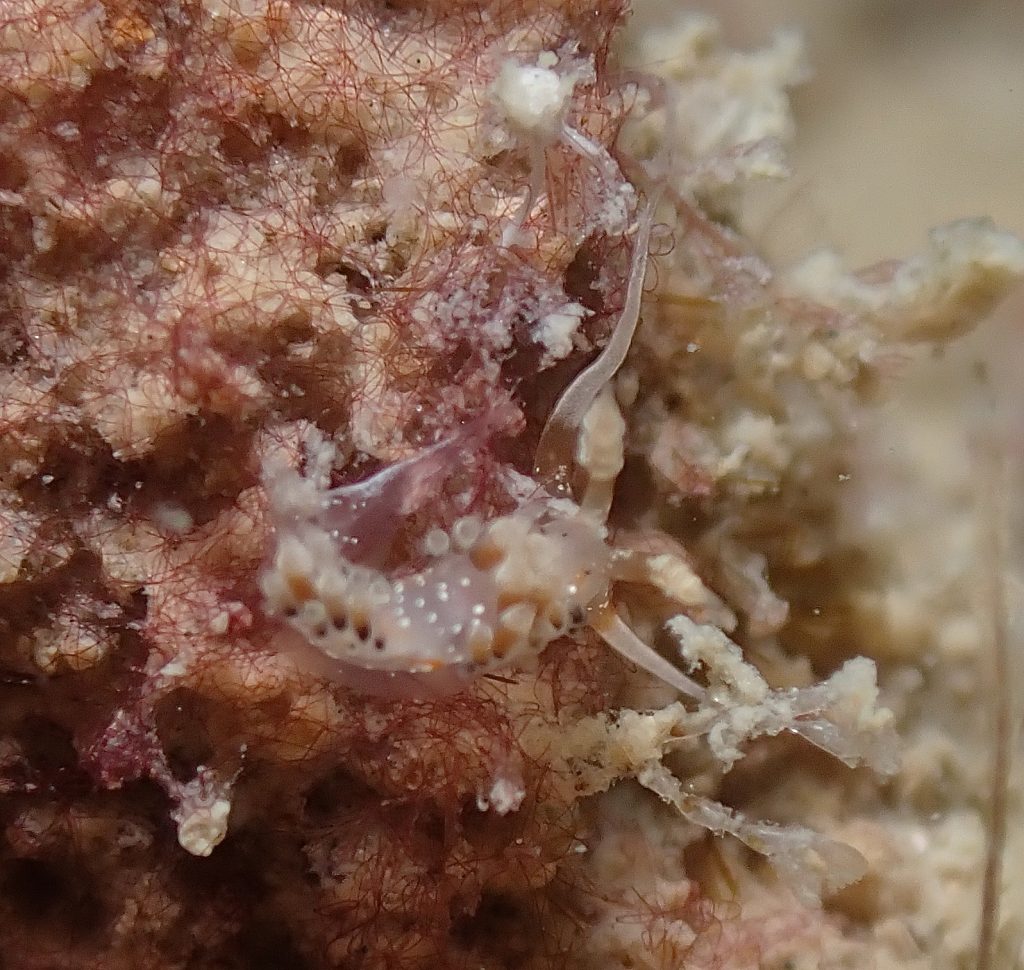
Facelina sp. 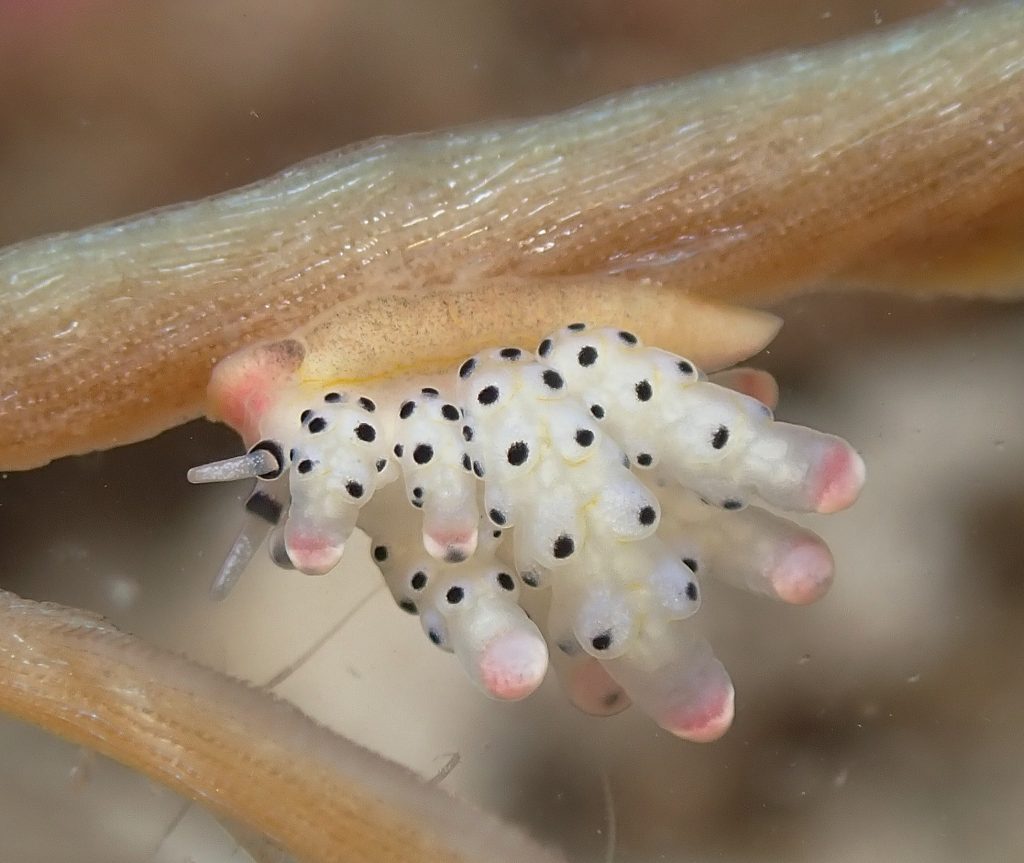
Doto sp. 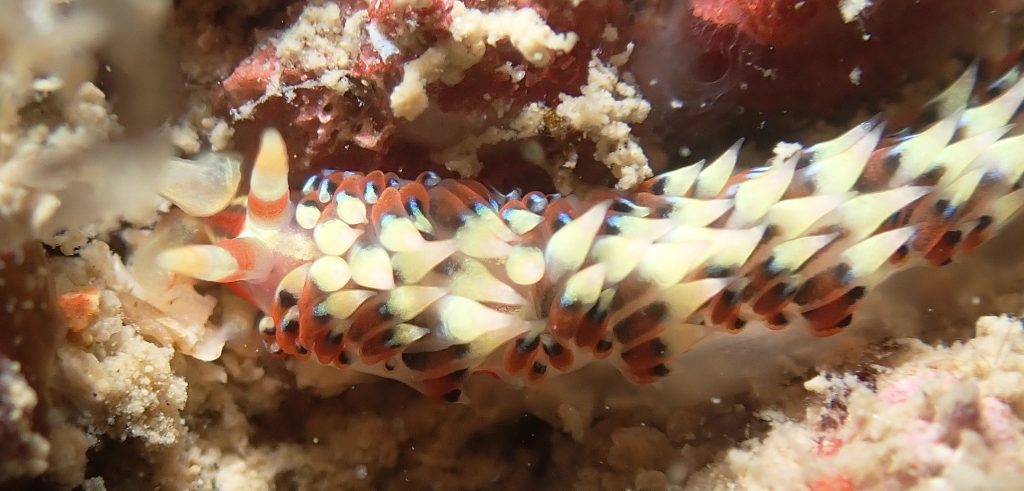
Carolina sp.
Above: Many nudibranchs feed on hydroids. Recall that hydroids are themselves small predators, and they need nutrient rich waters producing lots of food for them to feed on. But everything has its Goldilocks zone; too much nutrients can cause algal blooms and starve everything else of oxygen.
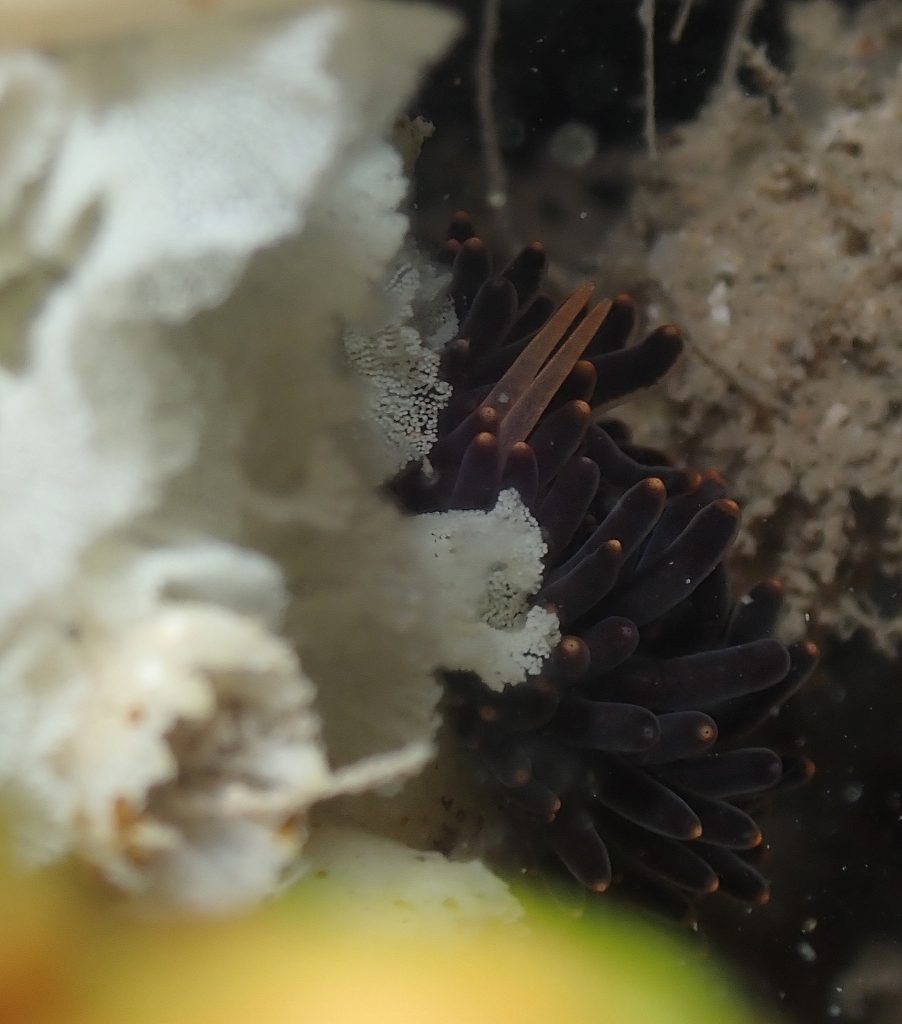
Phestilla sp. 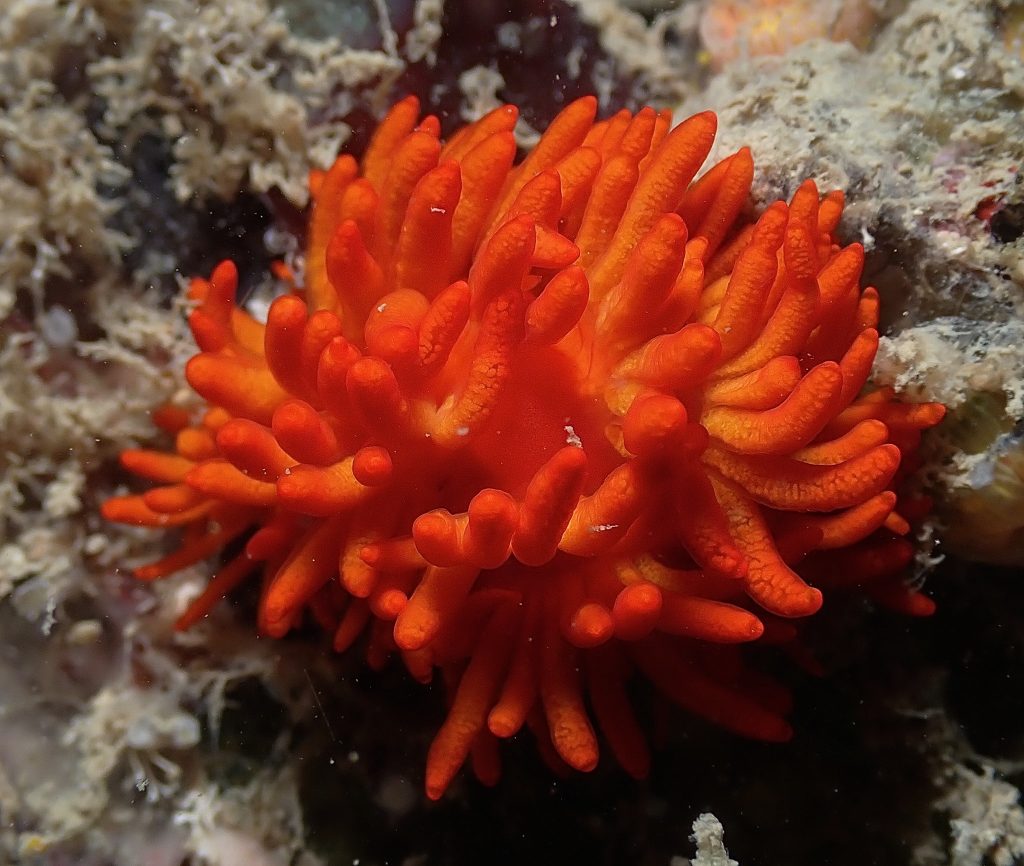
Phestilla sp.
Don’t gloss over these! These may look like anemones, but they are nudibanchs! Unlike the aeolids above that feed on hydroids, these like to chow down on hard coral.
Colourful and delicate, some marine flatwoms mimic the appearance of nudibranchs!
Pretty parasites: Allied cowies, false cowries, or ovulids are carnivorous molluscs that feed on the polyps and tissues of Anthozoa. They live on, and eat, soft coral and sea fans; making them parasites of their host coral.
Like the allied cowries, sea spiders feed on animals like corals, sponges, and worms. Some sea spiders also live as parasites on mollusks, or scavenge for detritus or algae. There are over 1300 known species of sea spiders found on oceans all over the world, from the poles to the tropics. They range in size from 1mm in leg span to giants that would have their legs dangle over the palm of your hand. Sea spiders were a part of an interesting study that investigated the response of these bizarre creatures to a warming world. Turns out that these little creatures have a neat trick to help them increase their oxygen intake as temperatures rise and oxygen saturation decreases – they increase the porosity of their skin! That could be likened to us increasing the surface area of our lungs! Imagine that. We have so much to learn by looking patiently and curiously at these marine wonders!
Discover Singapore reefs for yourself! Dive with us!
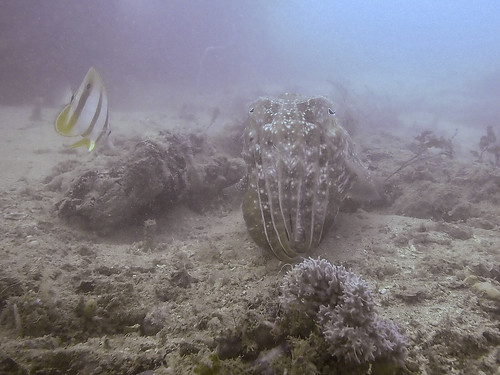

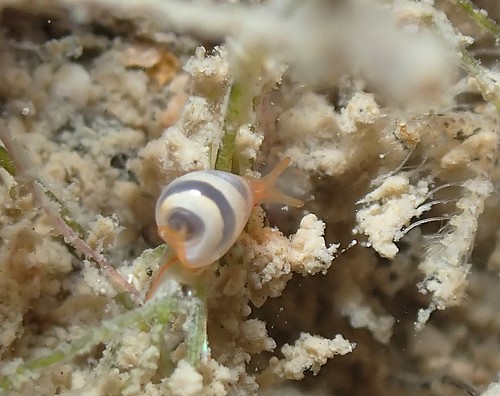
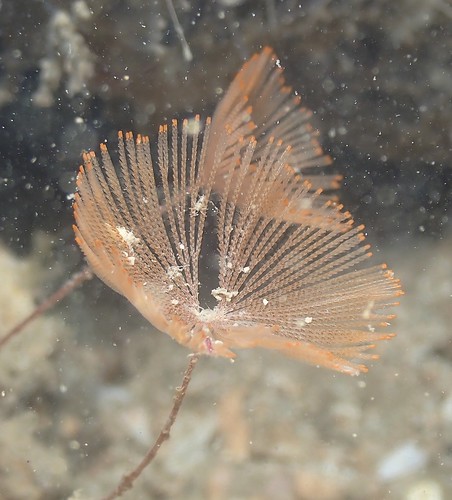


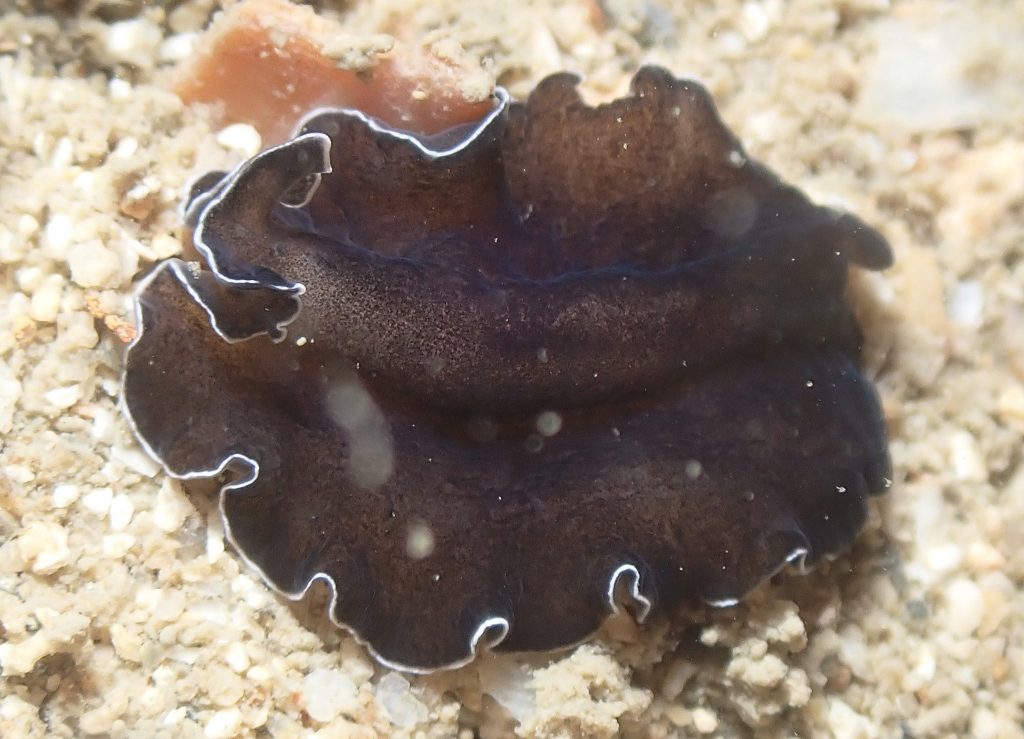
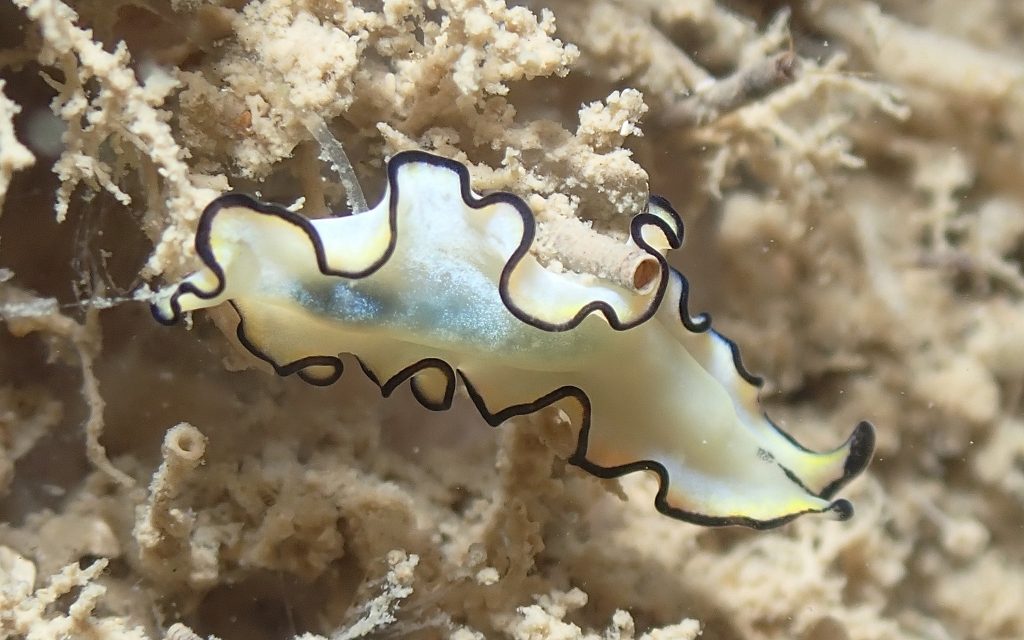
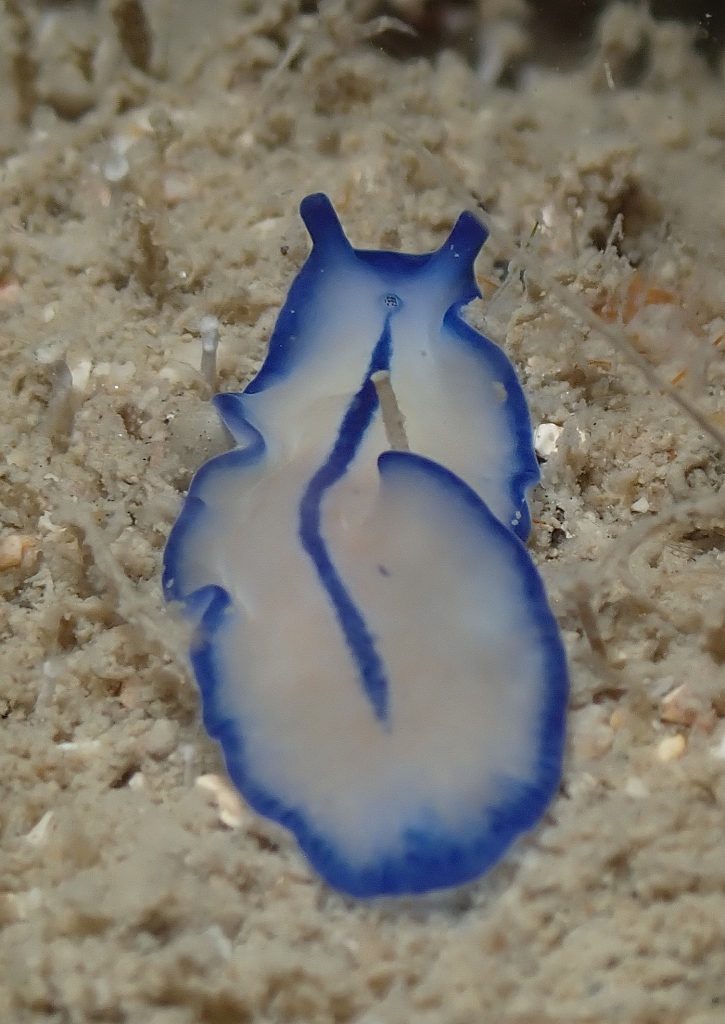
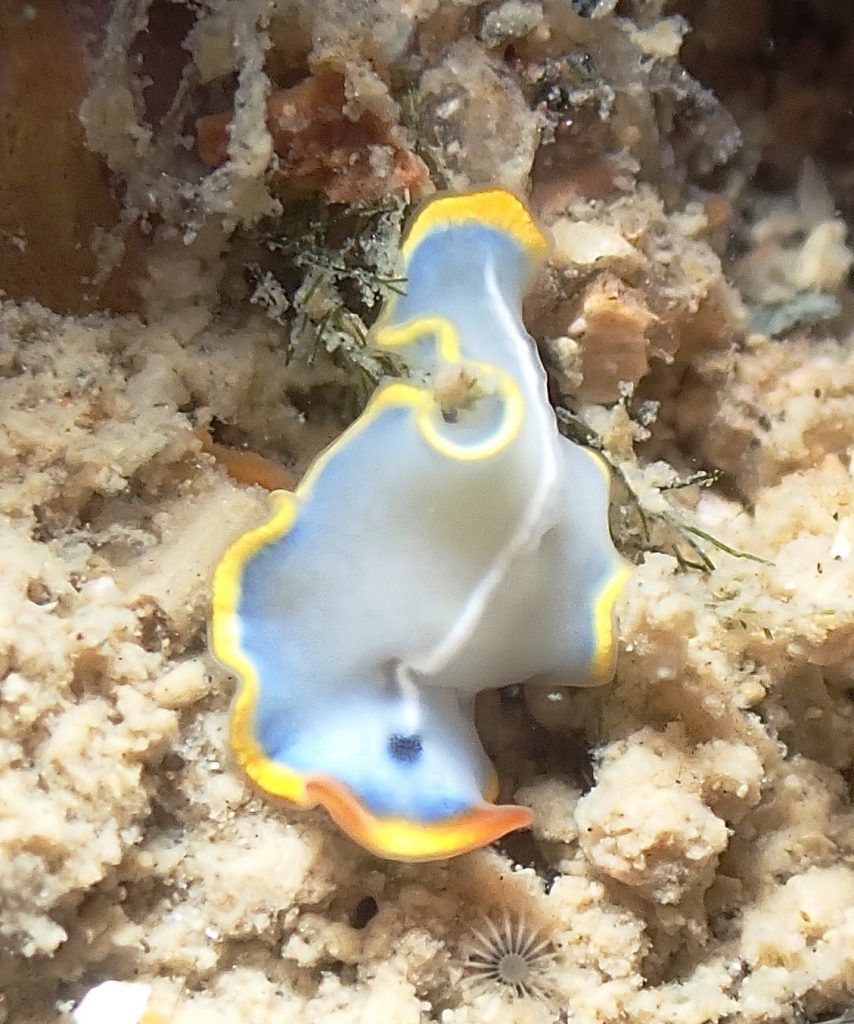
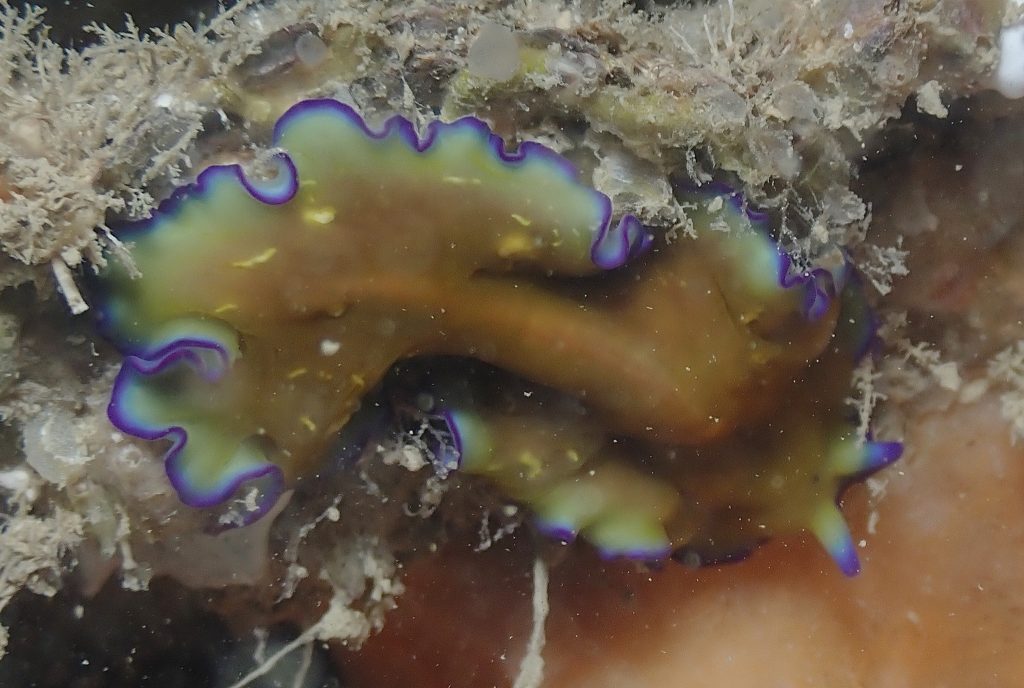
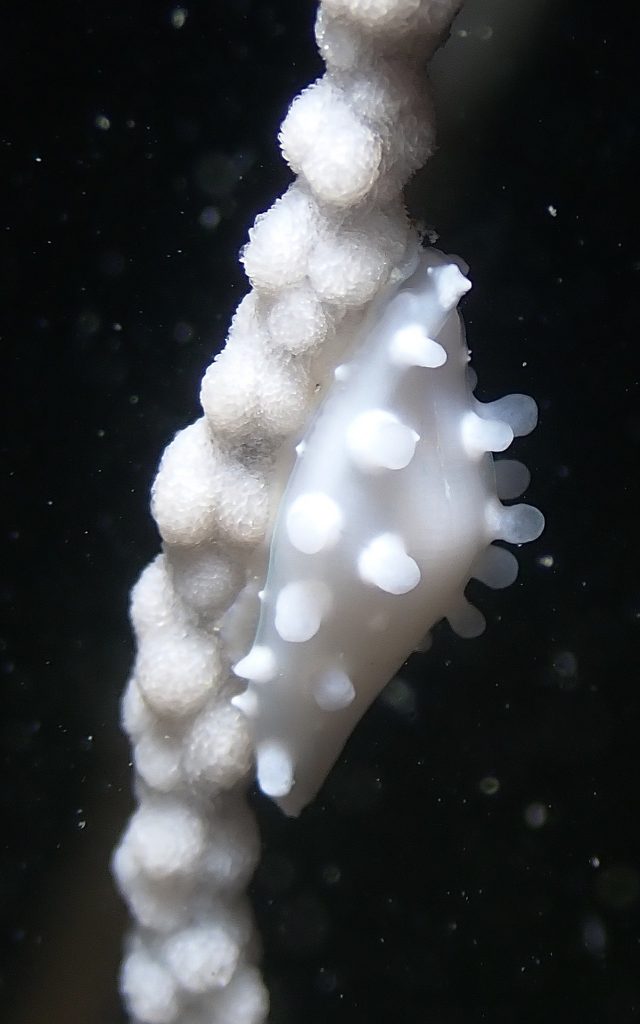
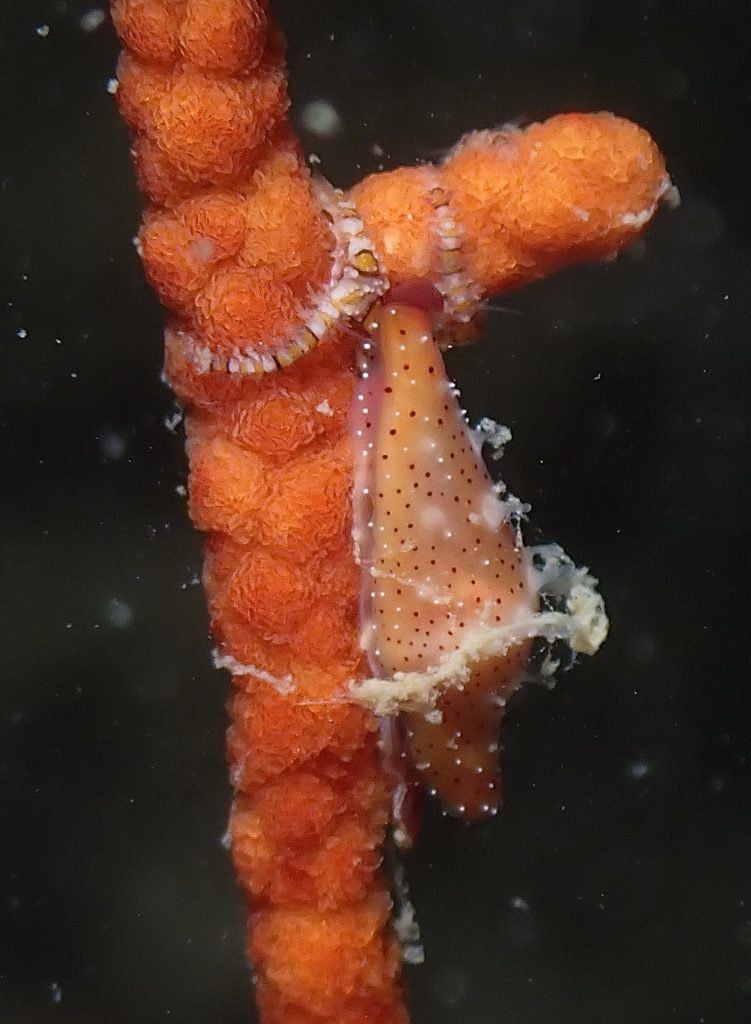
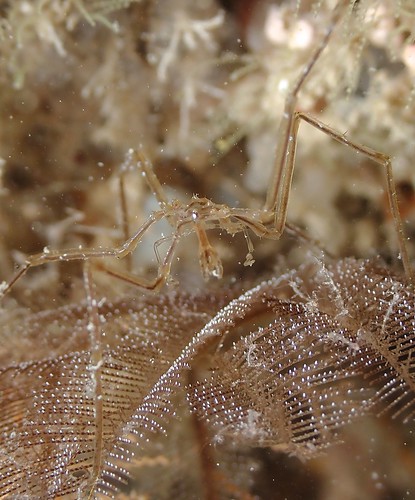
 Posted in
Posted in 



 content rss
content rss
COMMENTS